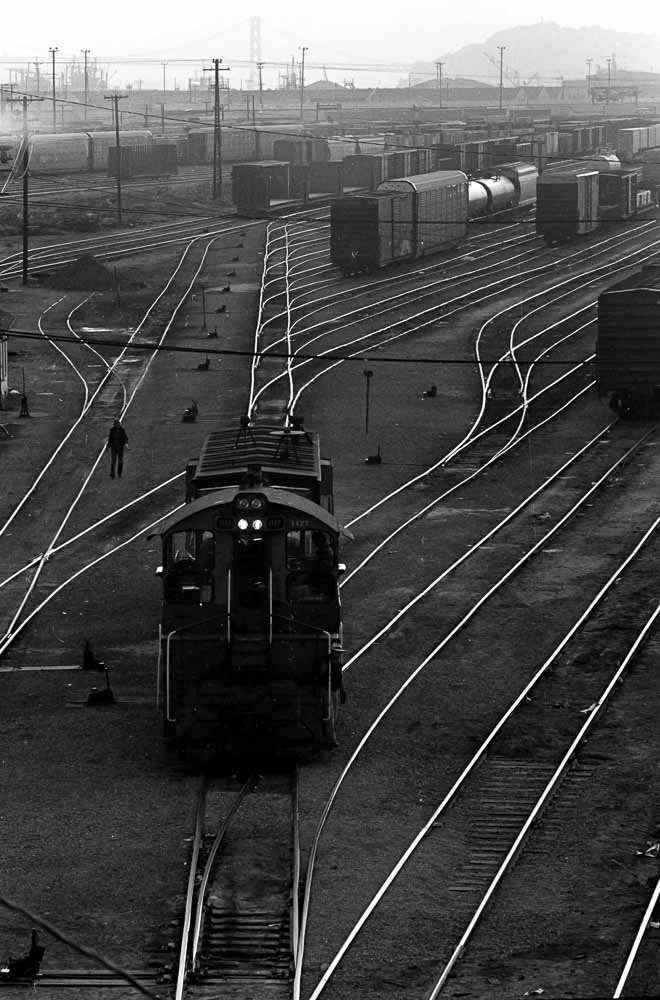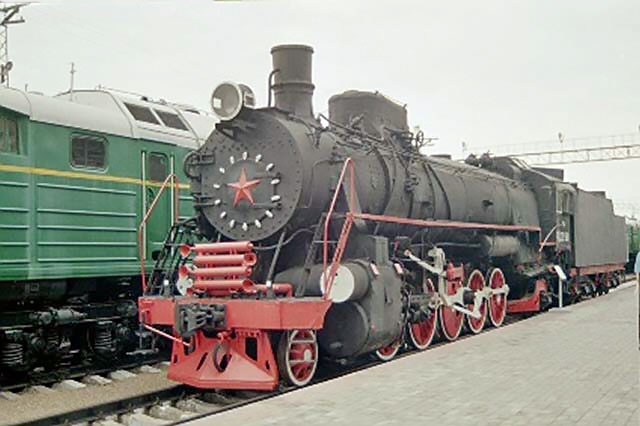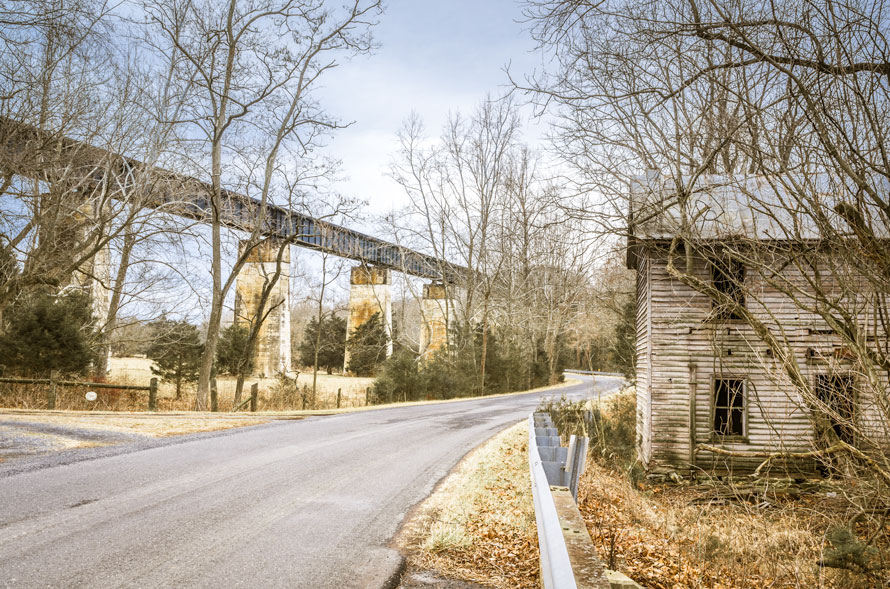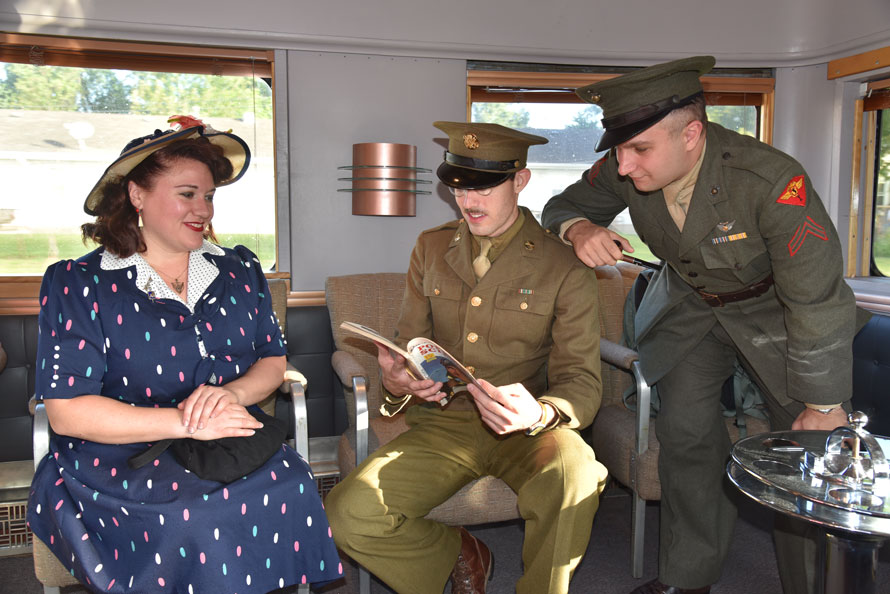
I have been involved with railroads, one way or another, my entire life. My very earliest memories at three years old are of being on board the Southern Pacific/Chicago, Rock Island & Pacific’s Golden State with my Mom. As a pre-teen, I would regularly ride my bike to the depot in Goleta, California, to take in what the Southern Pacific’s Coast Line had to offer an observer. Once a teen, and into my college years, I decided mere observation wasn’t quite enough, and I started hopping freight trains. It was at about this time that I picked up a camera and began recording these adventures.
In 1976 I snagged a job with the American Freedom Train and traveled the country for a year as the AFT’s Assistant Curator. Now my interest in railroads made a transition—I was getting paid!
I liked it.
Read more

